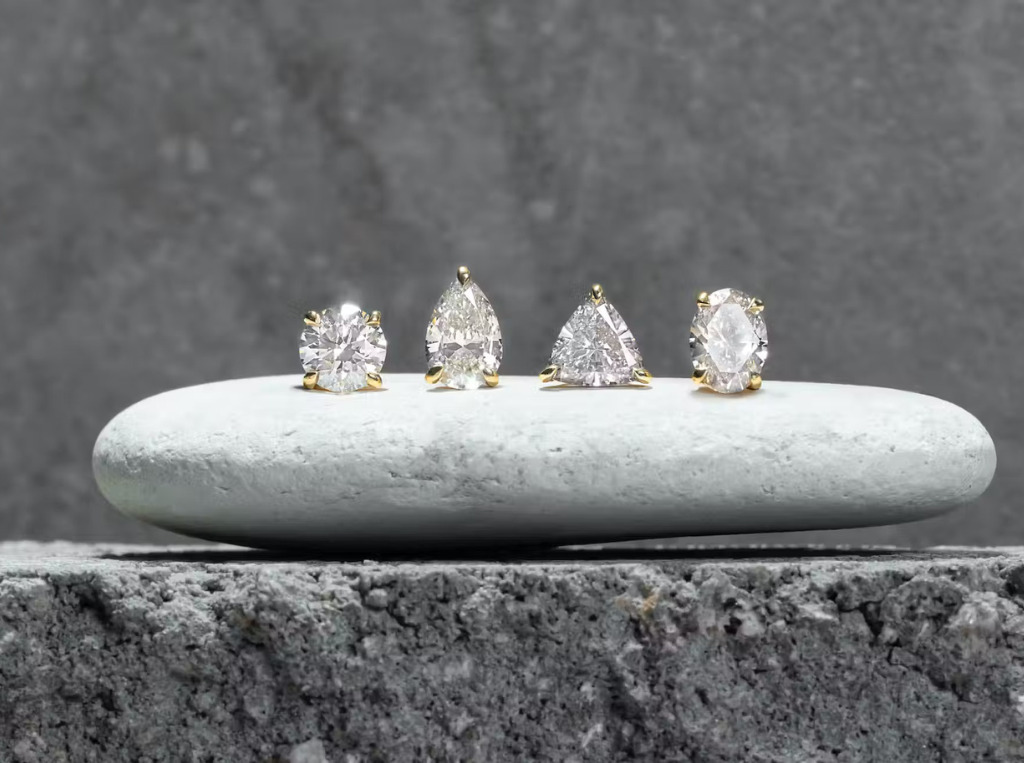6 Mins Read
A more ethical and usually eco-friendly alternative to their mined counterparts, lab-grown diamonds have been making a lot of waves lately. But how are they made, just how climate-friendly are they, and are consumers buying them?
The hardest naturally occurring substance on earth, diamonds represent a $90 billion industry. But new concerns about diamond supply shortage and subsequent price increases have added to existing ones about their human rights, crime and climate-related issues.
All this has led to the lab-grown diamond boom. Research by industry analyst Paul Ziminsky shows that lab-grown diamond jewellery sales reached nearly $12B last year, growing by 38% year-on-year. In 2023, the industry has already surpassed that, with revenue amounting to $14.6B globally.
The problem with naturally mined diamonds
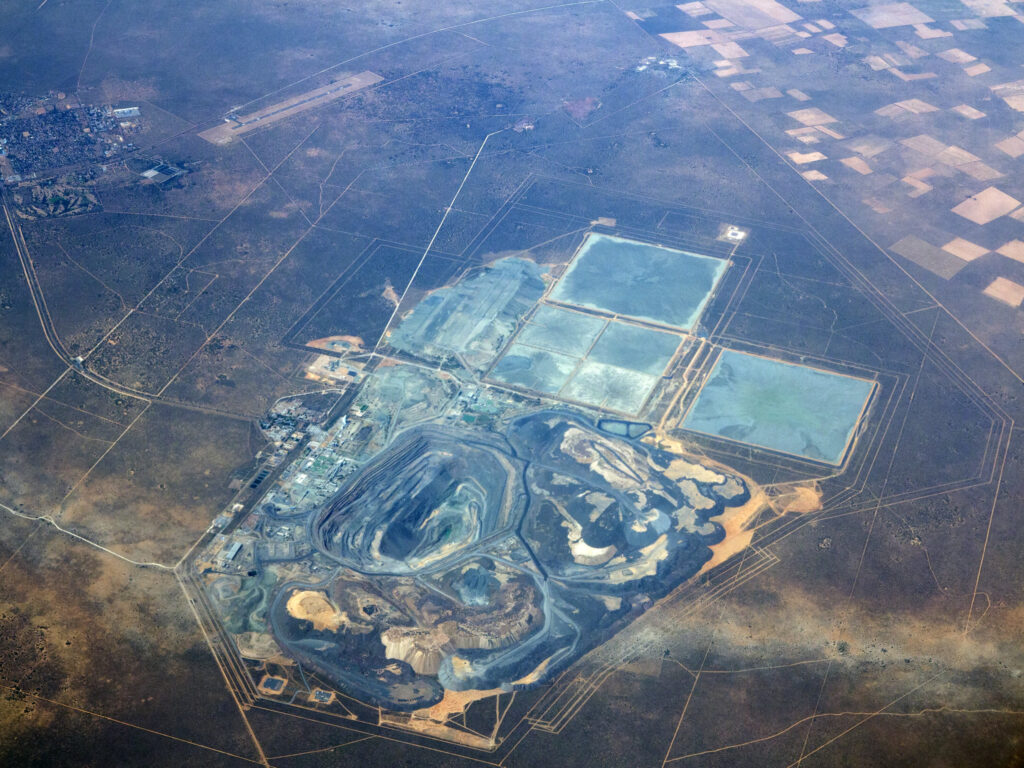
The diamond industry’s ethical problems have been widely covered. Terms like “blood diamonds” (you may recall the DiCaprio film on the subject) are synonymous with the sector, given the widespread use of child labour, accusations of hazardous working conditions, as well as extremely low wages, and criminal activity.
While the industry has introduced certification schemes that have largely banished unethical trading, diamonds’ environmental issues remain. And that’s due to the traditional way of obtaining natural diamonds: mining. Diamonds are usually mined through open-pit, underground or marine methods.
According to the Diamond Council of America, 250 tonnes of earth is shifted per carat of mined diamond. This requires a massive amount of fossil-fuel-derived energy, which releases carbon and greenhouse gases into the atmosphere. For each polished carat of mined diamonds, 160kg of greenhouse gases are released, according to S&P Global.
Beyond the energy requirements, diamond mining harms local ecosystems via soil erosion and water pollution. Further, shifting thousands of tonnes of rock and earth can reroute rivers and dams, leaving disastrous impacts on fish and wildlife; in come cases, it can even cause natural ecosystems to collapse entirely.
How lab-grown diamonds are made
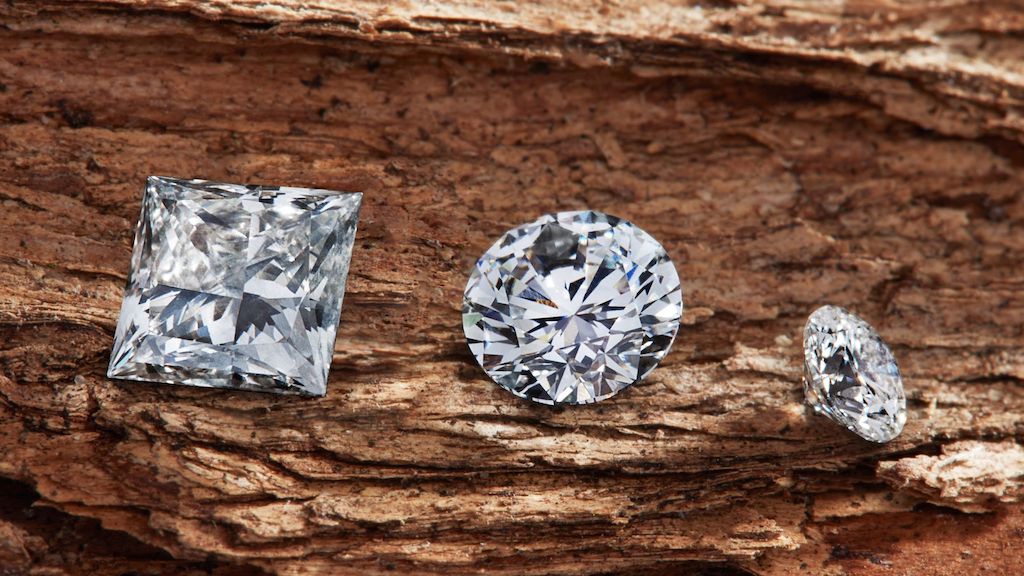
Lab-grown diamonds aren’t a new phenomenon. Scientists have been trying to create synthetic diamonds ever since they discovered that diamonds consist of pure carbon back in 1797. The first proven lab-grown diamonds are attributed to multinational conglomerate GE, which created a prototype in 1951 that was deemed too small for gem use.
But it paved the way for GE to create the first gem-quality lab-grown diamond in 1971. It was made in conditions that mimicked those under the Earth’s crust, reaching 1,600°C in temperature. The process involved using a tube to introduce heat and pressure to a graphite seed in the centre, until it grew into a diamond. This method, which is highly complex and expensive, is called high pressure, high temperature (HPHT), which is one of the two most common methods of making lab-grown diamonds.
Today, most are made using chemical vapour deposition (CVD). It can happen at lower temperatures and pressures – this being a cheaper process – as diamond seeds are heated via carbon in a chamber, which causes the carbon to stick to the seed and grow into a larger diamond.
Detonation synthesis, where nano-sized diamond grains are created during the detonation of explosives containing carbon, is another method that was introduced in the 1990s. Meanwhile, a fourth way of making lab-grown diamonds involves treating graphite with high-power ultrasound, but it currently has no commercial applications.
Pricing, problems and premiums
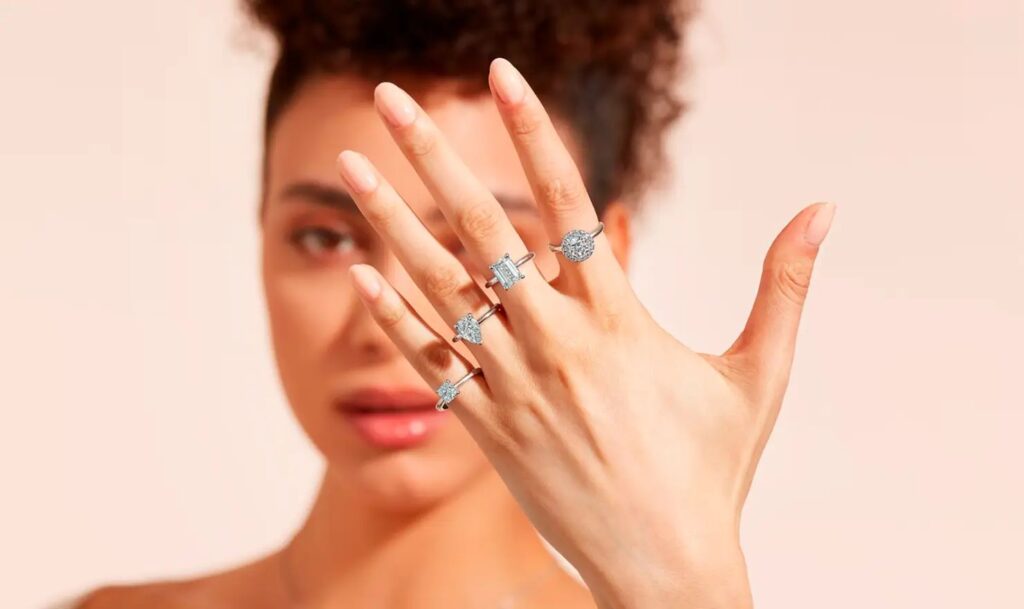
With consumers looking towards products with more ethical and sustainable supply chains, lab-grown diamonds can be seen as viable alternatives. But it’s not as simple as that.
According to the S&P report, producing one polished carat of lab-grown diamonds releases 511kg of greenhouse gases on average – more than thrice than that of mined diamonds. However, this report was produced on the behalf of trade group the Diamond Producers Association, which has raised questions about bias and the validity of such claims.
Lab-grown diamonds have been growing in popularity, thanks to their identical physical and chemical composition to mined diamonds. Even diamond experts have been unable to tell the differences by eye – the only optical difference is an ‘LG’ (for lab-grown) inscribed at the stone’s base.
Another factor to consider? Price. The increase in interest can be ascribed to the affordability of diamonds made in a lab. They can cost over 70% less than natural diamonds. Ziminsky’s analysis revealed that a generic lab-grown diamond costs $1,425 per carat, while a generic natural one is priced at $5,185 per carat. It adds that global production of lab-grown diamonds has exploded in recent years (and will continue to do so for the foreseeable future), and this new production capacity has been driven by declining capital equipment and production costs, as well as growing investment.
But this affordability factor comes with a caveat. Lab-grown diamonds aren’t always seen as crown jewels, as they’re trumped by the premium status of traditional, natural diamonds. Some consumers have concerns about the authenticity of synthetic diamonds – one De Beers survey found that almost half (47%) of Americans didn’t agree with the statement that lab-grown diamonds are real. Another report found that they associate words like ‘fake’ and ‘artificial’ with these diamonds. Despite all this though, for many, consumers the promise of a bigger stone with a smaller price tag – and possibly a more sustainable origin – alleviates these concerns.
Sustainable diamond alternatives
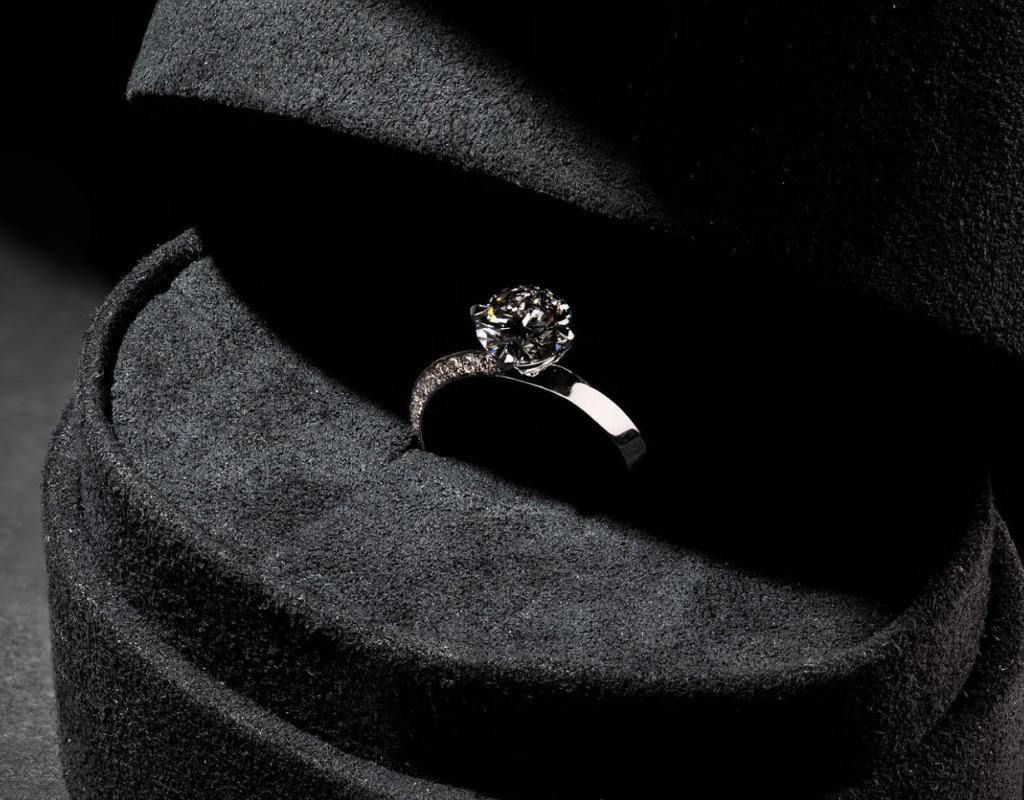
This rise has seen many natural diamond companies turn to lab-grown diamonds. For example, De Beers, the world’s largest diamond mining company, has started an alt-diamond line called Lightbox, while Signet Jewelers – the largest diamond retailer in the world – has its own lab-grown range. Meanwhile, Brilliant Earth stocks what it claims sustainable natural and synthetic varieties.
And in 2021, Pandora announced it was doing away with mined diamonds and shifting to a fully lab-grown production. Last week, it renamed its diamond arm to Pandora Lab-Grown Diamonds to drive this change home.
But concerns remain about the energy use in the creation of lab-grown diamonds. And that’s where a whole host of sustainable brands come in. New York-based Vrai, for instance, makes zero-emissions diamonds using hydropower from the Columbia River in its Pacific Northwest foundry. Brilliant Earth, meanwhile, has a line of climate-neutral options.
There’s also Aether, which became the world’s first company to have vegan-certified diamonds. It captures carbon from air pollution to produce its diamonds in what is a positive-impact process. Each carat removes the equivalent of 20 tons of carbon, which is estimated to be higher than a regular American’s annual carbon footprint.
Similarly, British company Skydiamond uses captured carbon from the sky, water from rainfall, and solar and wind energy for its lab-grown diamonds. The process is touted to be carbon-negative, as it captures more carbon than it releases.
“We no longer need to dig these enormous holes in the ground – they’re visible from space, some of them,” explained Skydiamond founder Dale Vince. “We don’t need to do that to get diamonds, we can just make them from the sky in an entirely benign process.”
They might be divisive, and research is key, but lab-grown diamonds can truly be a gem of an innovation.

